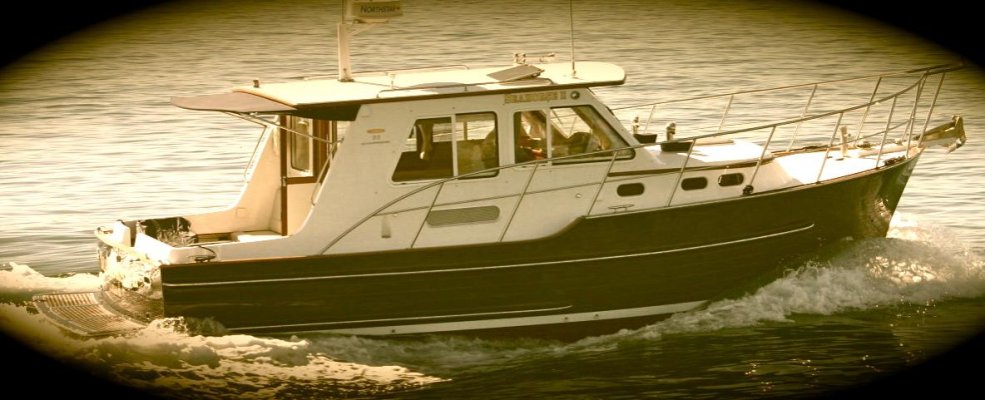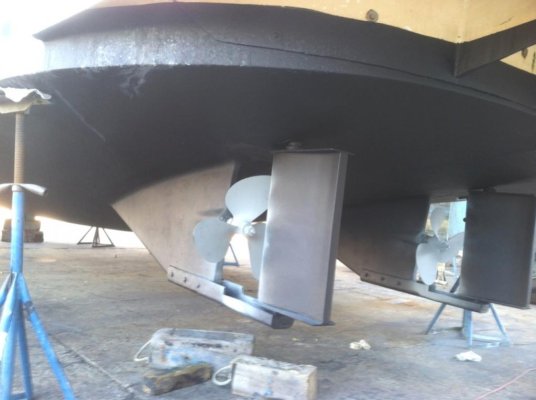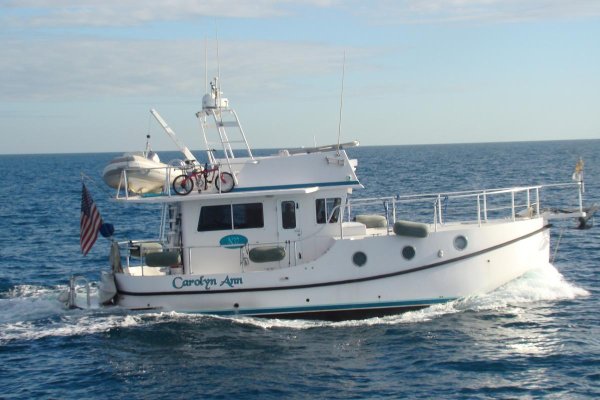brian eiland
Guru
- Joined
- Jul 17, 2013
- Messages
- 930
- Location
- USA & Thailand
- Vessel Name
- RunningTide
- Vessel Make
- 37 Louisiane catamaran
Another reply from that experienced owner on the other forum
I am the second owner of the coaster, and it is a 1998 build. Our Gh 47 was built for us in 2008.
What will be a surprise to some critical followers of this thread, the coaster was brought to the Great Lakes on her own bottom from up river in Guatemala. Through the canal and up the east coast. Hmmmm.
My point is just where do you want to cruise? We have gone from Florida to Marsh Harbor in 32 hours. We have gone from Savannah to the northern Abacoes offshore overnight. Great Harbors have gone to Bermuda, Hawaii, and Newfoundland. Would I cross the Atlantic in one? NO. But then I wouldn't cross the Atlantic in a Nordhaven or a Krogen. I would put a GH on a dry dock ship and skip the 14 days at sea.
You are accurate in the comments about weight saving topsides in the GH, and the nidacore material was not available in 1998, not compatible with a steel build. More important to the builder is that, according to the naval architect, Lou Codega, the amount of air trapped in the nidacore offsets the weight of the machinery and fuel/waste/water such that barring a catastrophic fire the vessel will float just above the pilot house top and not completely sink.
I have met Mr Codega, and exchanged information with him on several occasions. I have also exchanged email information about the Coaster with it's designer, Jay Benford. Interestingly I believe there are small differences in the design dimensions that mitigate questions of stability between the two designs. For example the Coaster has a slightly deeper draft, and a wider beam for its length than the GH. The GH is not crammed full and typically sits 4 to6 inches above it's waterline, so in cruising trim for me has a three foot draft. The Coaster is over 4 feet and more beam for it's shorter length by 5 feet.
Last and most important to me is that after a lifetime of recreational boating and sailboat racing I don't care anymore to challenge the elements. We watch the weather very carefully and never venture offshore without an adequate weather window. Why is beating you and your boat in bad weather fun?
One of our clubs has a contingent of die hard sailors, five of which took a 34 foot full keel wooden ketch to Ireland a few years ago, spending the entire two weeks plus in bicycle helmets. Sense of accomplishment, yes, fun, NO.
Currently the Commodore of our club in Punta Gorda is a retired Great Lakes Captain who was in command of one of some 16 freighters in Duluth Minnesota in November one day in the late nineteen seventies, and 14 captains decided to wait out the forecast storm. Of the two that didn't, one was the Edmund Fitzgerald. The gist of a speech he gave to us one evening was that sometimes it takes more guts NOT TO GO.
Spend money on a boat for what you are realistically going to do, not what armchair architects tell you that you need.

 I'll bet a lot of skippers on this forum share that title! (Count me as one.
I'll bet a lot of skippers on this forum share that title! (Count me as one.  )
)







